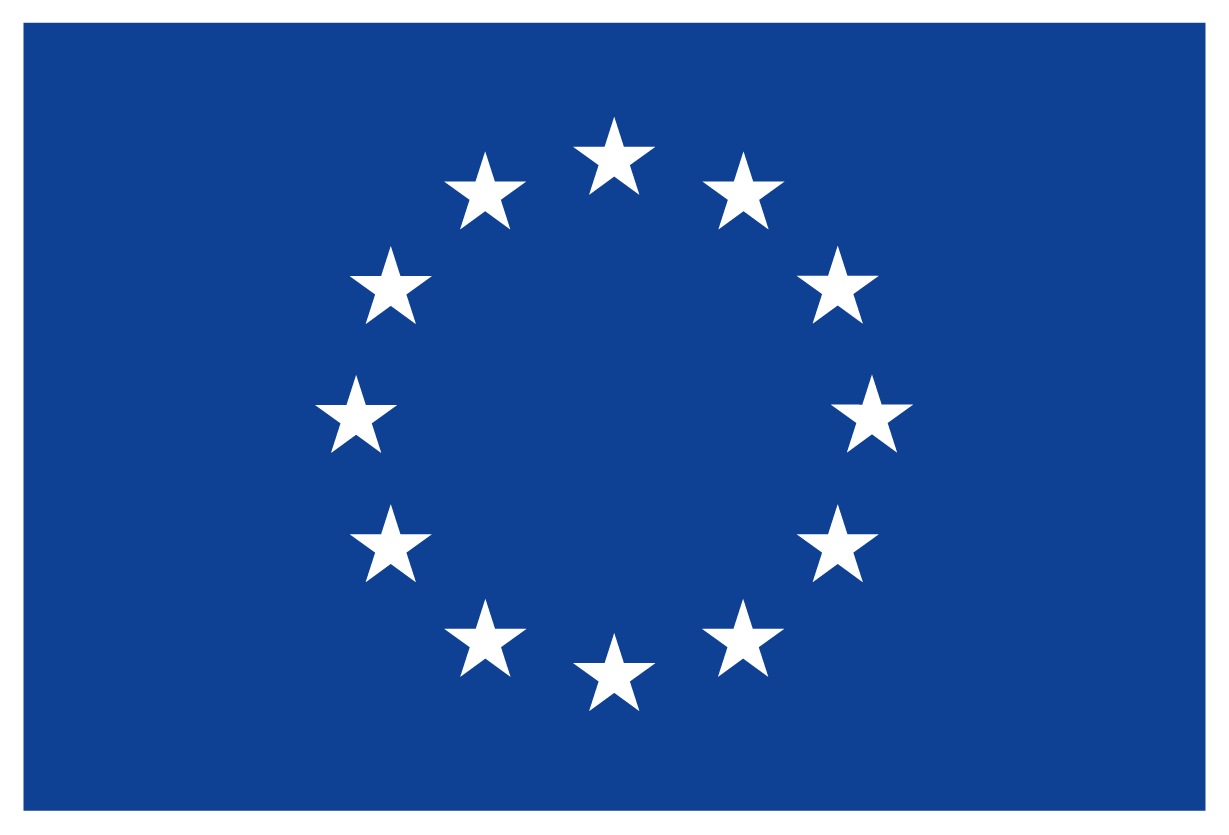Update from Oslo
- Hagerudsenteret, the Demo-Case in Oslo
- Hagerudsenteret, new south façade ©Filter Arkitekter
- Hagerudsenteret, new north façade ©Filter Arkitekter
The technologies developed within 4RinEU are implemented and tested in 3 Demo-Cases. In Oslo, a two-storey property that contains eight small flats, each with a living room, open kitchen, small bedroom, bathroom and hallway has been chosen as Demo-Case. The building dates from 1974 and has never been renovated.
Due to their characteristics, the walls are thus prone to heat loss in winter, increasing heating demands. They also “breathe” due to air passage through the structure, and this must be considered during wall insulation upgrades and imperviousness improvements. It has been decided to install balanced ventilation to boost energy conservation, and a more impervious and better insulated roof will be built to achieve the 60% energy savings target.
Existing foundations are not designed to support more than the present structure, and cannot be reinforced. New prefabricated façade elements and the roof must thus be seated on new foundations surrounding the building. This is not optimal, either with regard to costs or building time.
Among the main aims of the project is to minimise inconvenience to residents. For this reason, façade upgrades will comprise timber frame elements with integrated technology. Ventilation ducts will be integrated if practical and an evaluation is being made of installing solar panels. Inside, stairways will be upgraded with a glass frontage and new entrance. Most ventilation ducts will be routed via the stairways.
Pre-monitoring was installed in April 2017 to provide continuous data on air quality and energy consumption in two flats. Extensive post-monitoring is planned to assess the effect of the project, and it will be interesting to compare datasets. Additional 4RinEU technology (Sensible Building Data Handler) will also be used.
This renovation approach is quite innovative for Norway since prefabricated façade elements are not commonly used. For this reason it took some time to find a local supplier for adapting the 4RinEU concepts, as elaborated by the consortium and adapting, according to the local specificities and for manufacturing the prefabricated elements. We eventually started a collaboration with Lindal Treindustri. Lindal has been involved for the development, manufacture, supply and all contracting work. The group includes architectural and planning managers, specialist consultants in energy, construction, HWS, fire protection and electrical installation. A separate company will be planning, supplying and installing the solar panels. SINTEF, one of the project partners, will provide frequent and valuable technical assistance.
Finally, the retrofit project is beginning to take shape and the next steps become clearer: the planning phase will proceed until April and by around May the project will enter in the production phase. The starting of the construction site is foreseen for next June.

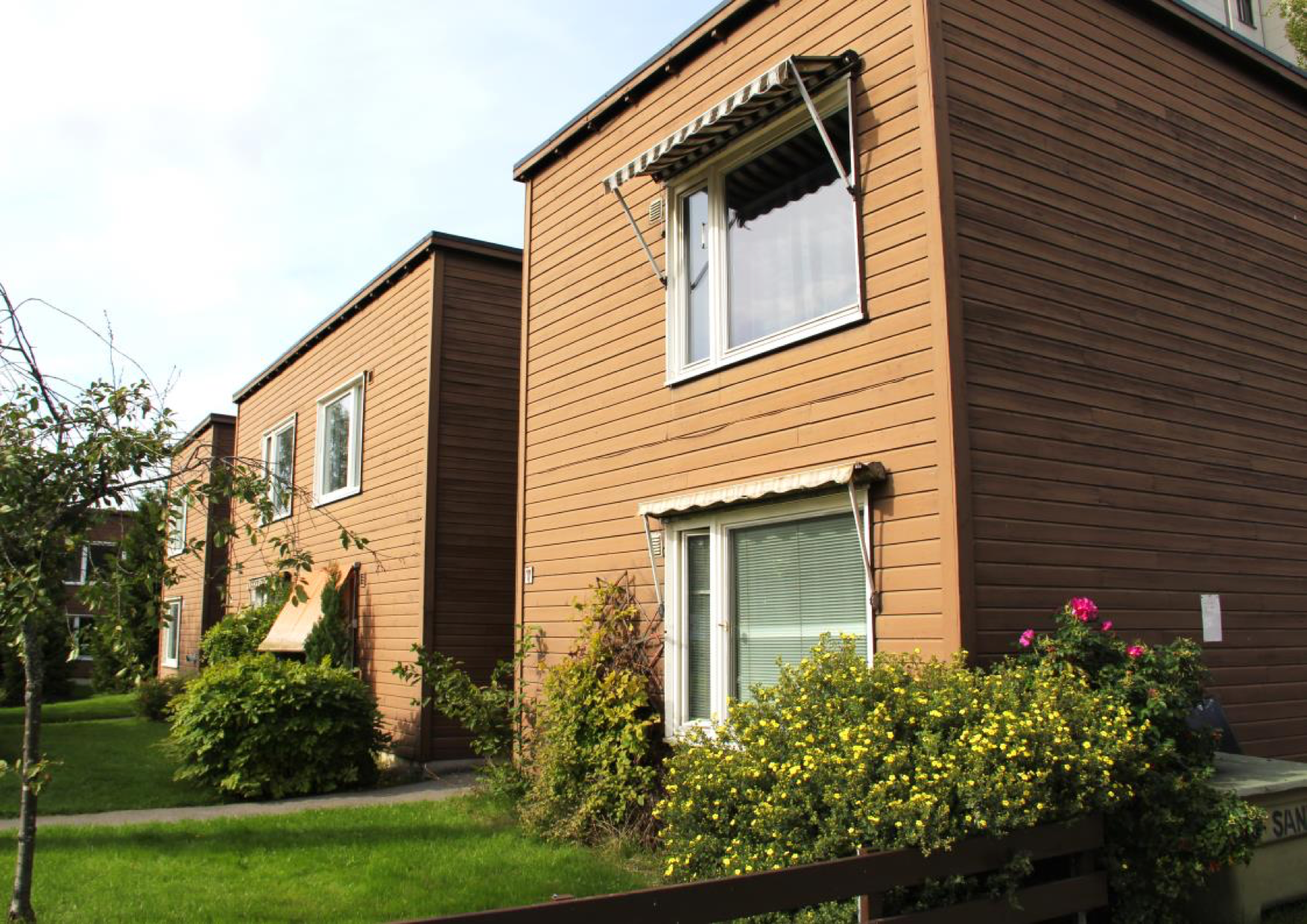
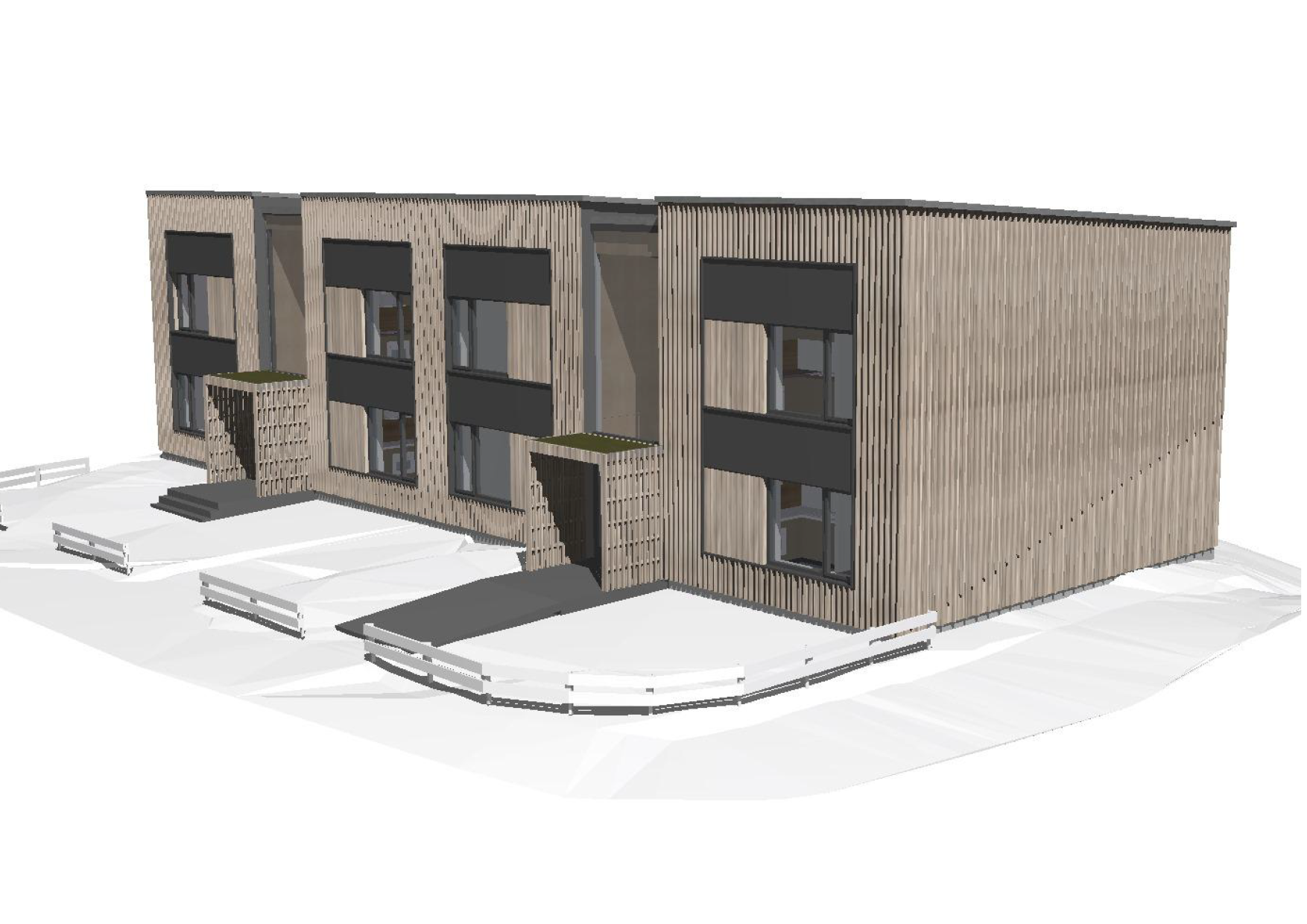
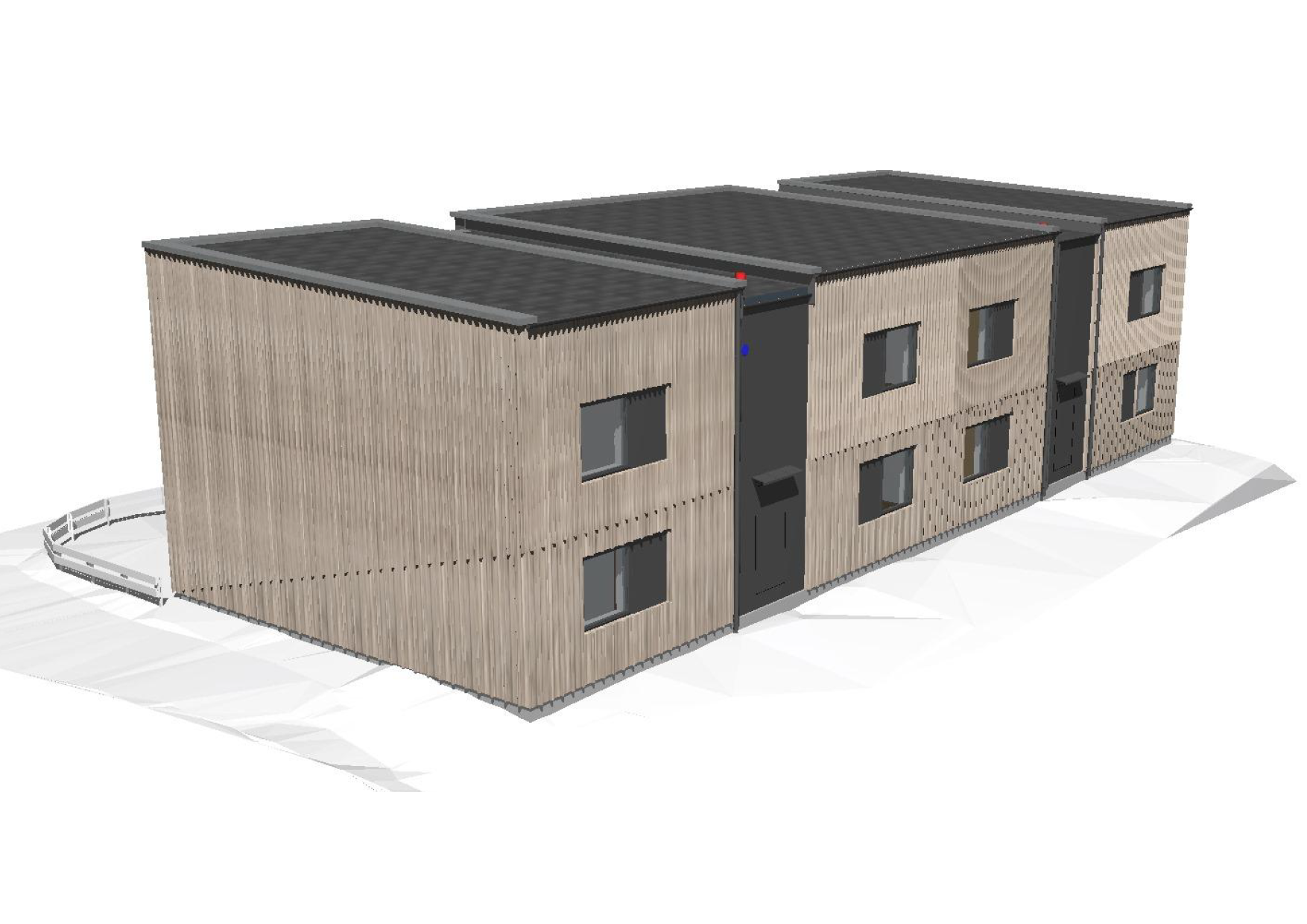
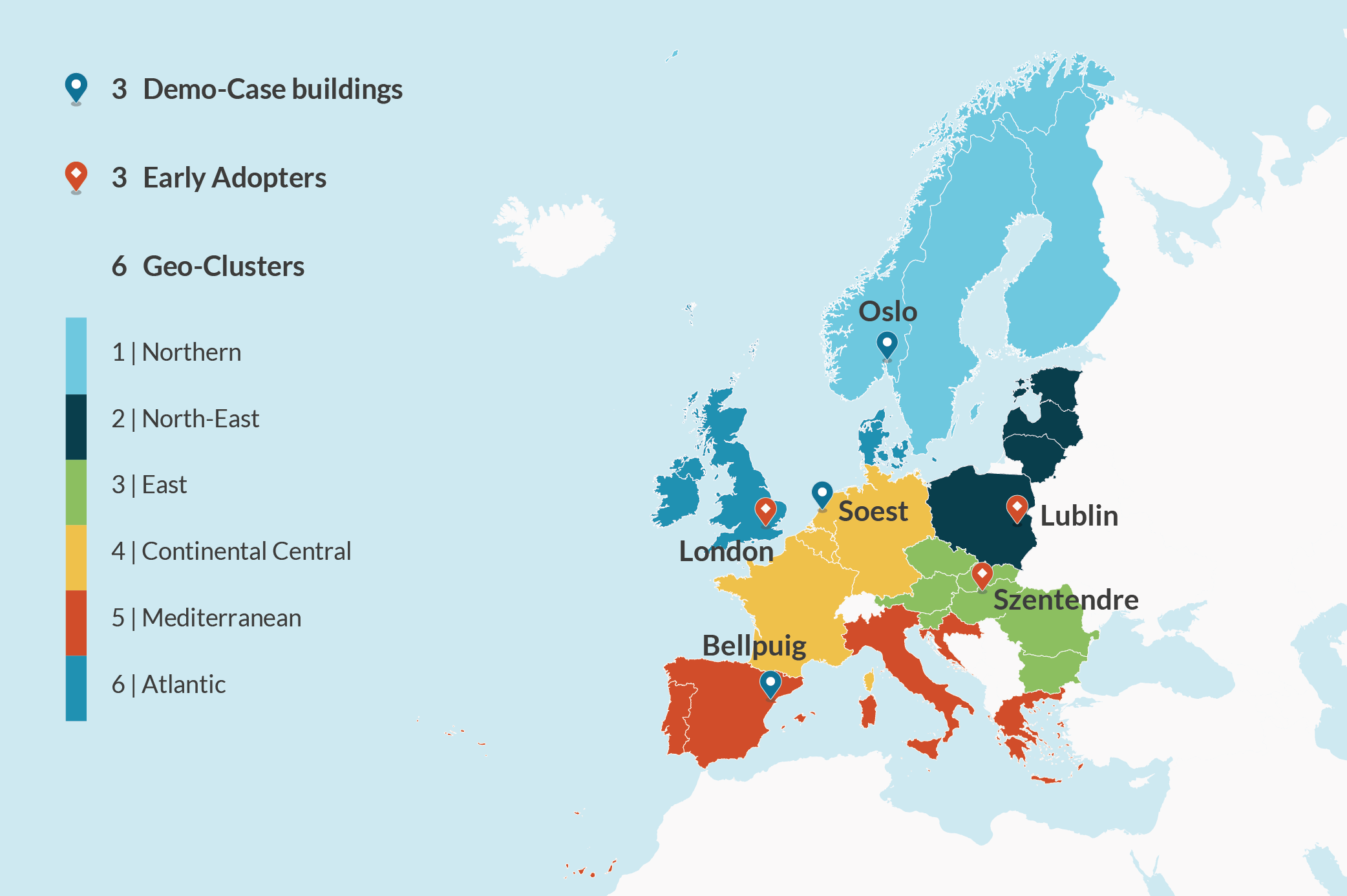 Previous Post
Previous Post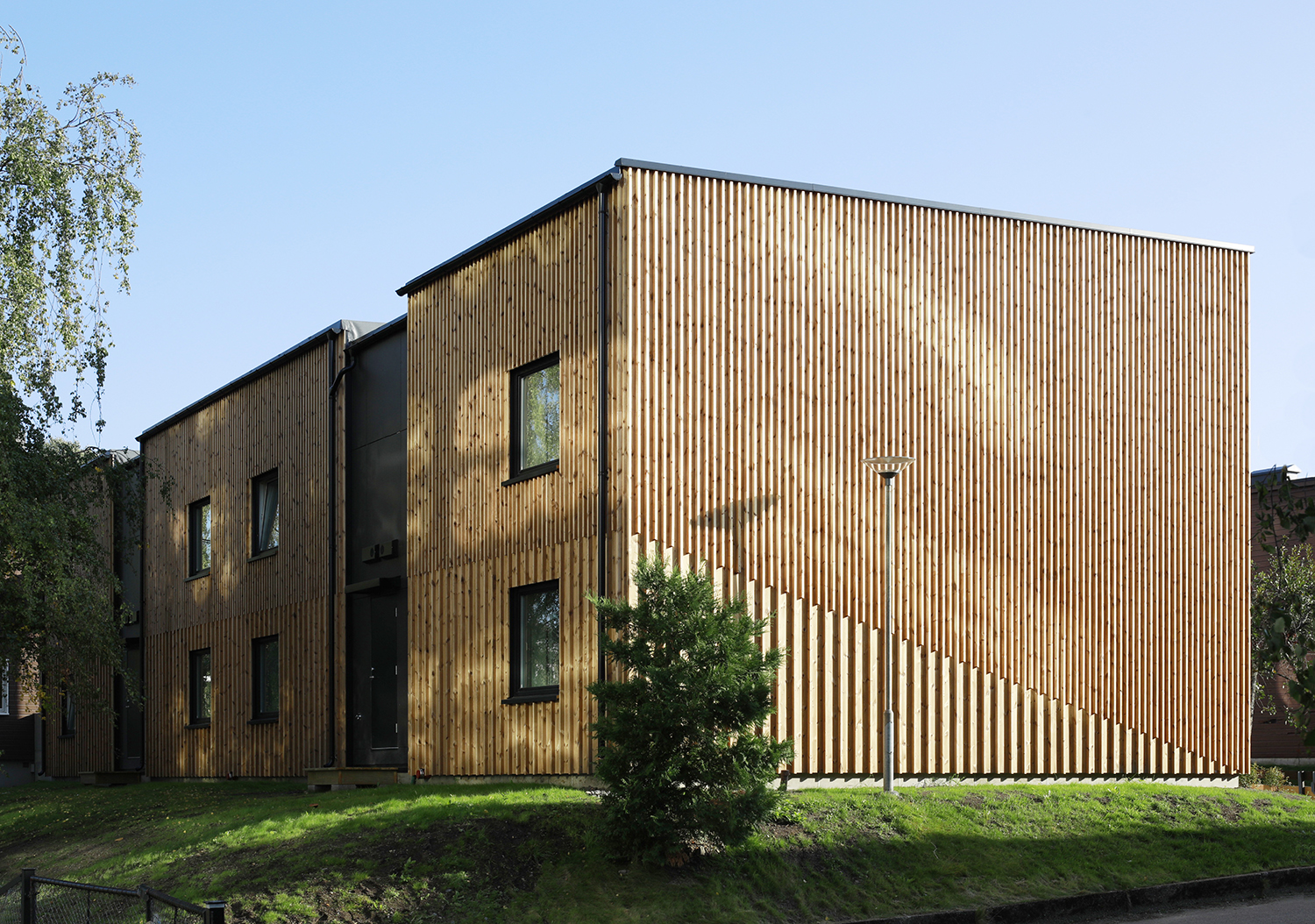 Next Post
Next Post